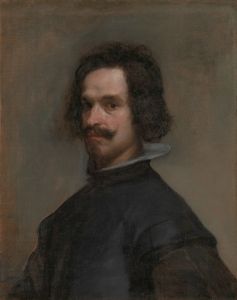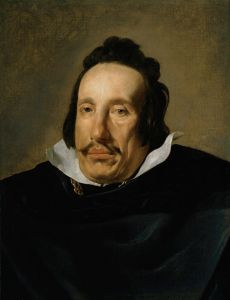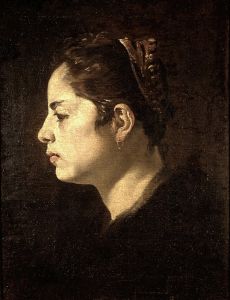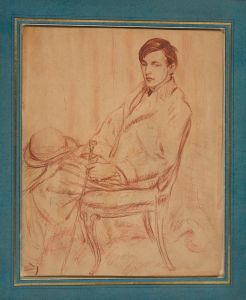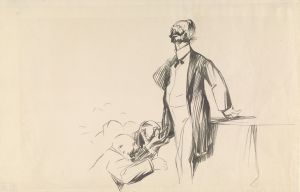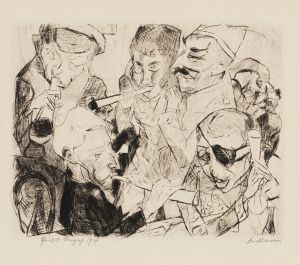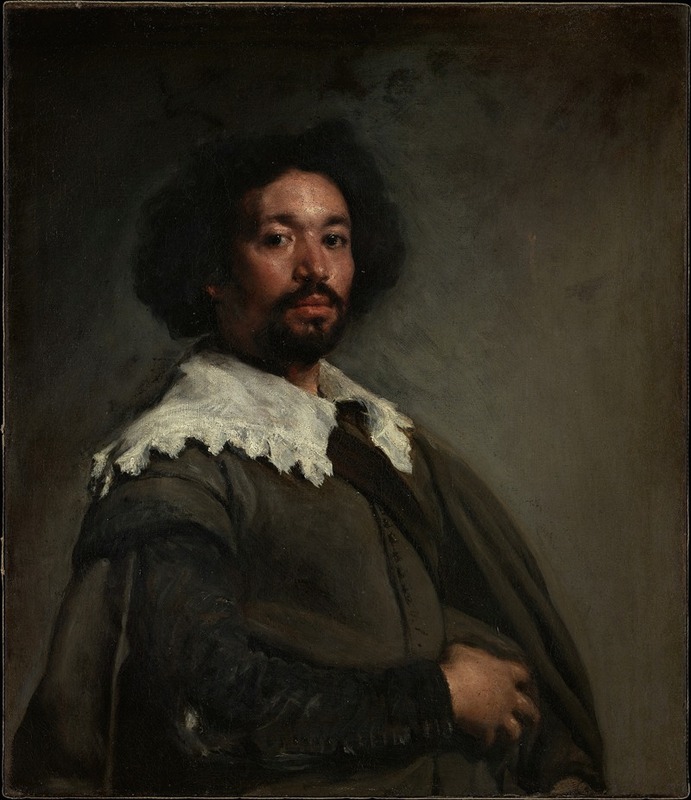
Juan de Pareja
A hand-painted replica of Diego Velázquez’s masterpiece Juan de Pareja, meticulously crafted by professional artists to capture the true essence of the original. Each piece is created with museum-quality canvas and rare mineral pigments, carefully painted by experienced artists with delicate brushstrokes and rich, layered colors to perfectly recreate the texture of the original artwork. Unlike machine-printed reproductions, this hand-painted version brings the painting to life, infused with the artist’s emotions and skill in every stroke. Whether for personal collection or home decoration, it instantly elevates the artistic atmosphere of any space.
Juan de Pareja is a portrait painted by the Spanish artist Diego Velázquez in 1650. The painting is widely regarded as one of Velázquez's masterpieces and is celebrated for its remarkable realism and psychological depth. It depicts Juan de Pareja, a man of Moorish descent who was enslaved and served as an assistant in Velázquez's workshop. Pareja later became a painter in his own right after gaining his freedom.
The portrait was created during Velázquez's second trip to Italy, where he traveled to acquire artworks and study the Italian masters. According to historical records, Velázquez painted this work in Rome, likely as a preparatory exercise to demonstrate his skills before undertaking a portrait of Pope Innocent X. The painting was exhibited publicly in Rome in 1650, where it received widespread acclaim for its lifelike quality and technical brilliance.
In the portrait, Juan de Pareja is depicted in a three-quarter view, dressed in a brown tunic with a white collar and a cloak draped over his shoulder. The composition is simple yet striking, with Pareja's direct gaze engaging the viewer. Velázquez's mastery of light, texture, and color is evident in the rendering of Pareja's skin, hair, and clothing, which convey a sense of immediacy and presence. The background is neutral and unobtrusive, further emphasizing the subject's dignity and individuality.
The painting holds particular historical significance as it portrays an enslaved individual with a level of respect and humanity that was uncommon in European art of the time. Velázquez's treatment of Pareja as a subject has been interpreted as a reflection of the artist's progressive views on social hierarchy and human dignity, though such interpretations remain speculative.
Shortly after the portrait was completed, Juan de Pareja was manumitted by Velázquez, a fact documented in a legal act dated November 23, 1650. Pareja went on to establish himself as a painter, producing works in the style of his former master.
Today, Juan de Pareja is housed in The Metropolitan Museum of Art in New York City, where it has been part of the collection since 1971. It remains a key work in Velázquez's oeuvre and a significant example of 17th-century portraiture. The painting continues to be studied and admired for its artistic excellence and its historical and cultural implications.






